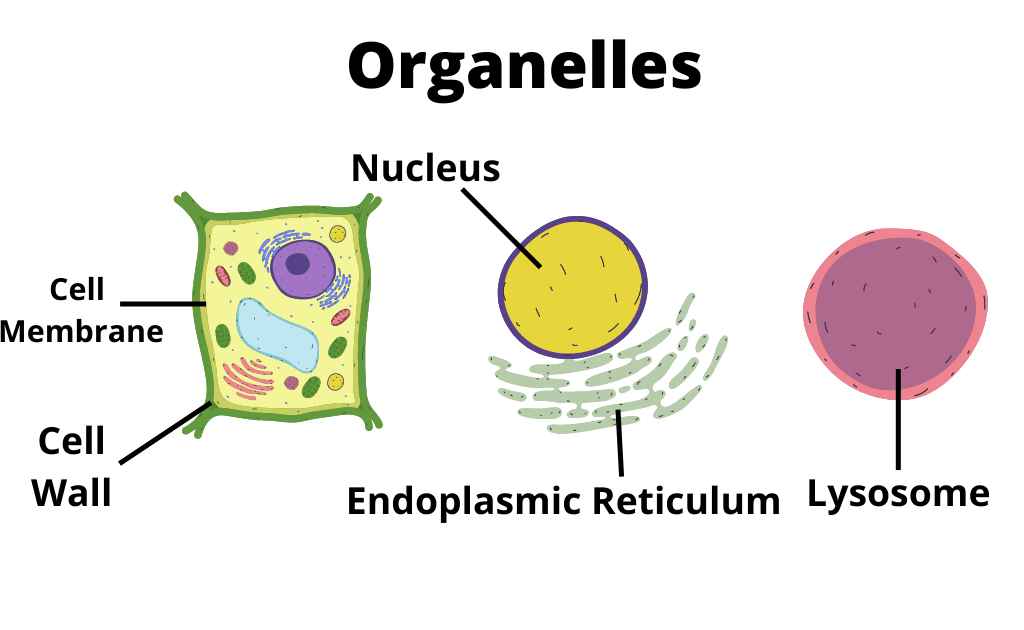What is Organelle? -Types and Functions | Cell Organelles And Their Functions
An organelle is a part of the cell that performs a specific function. There are two types of organelles: membrane-bound organelle and non-membrane-bound organelle.
Membrane-bound organelle has its membrane and performs functions such as energy production, protein synthesis, DNA replication, etc.
An organelle is a term used to describe a subcellular structure or compartment within a cell. The word organelle comes from the Greek language and means little organ. In biology, organelle refers to a specialized region of a cell where certain biochemical reactions take place.
These regions are usually enclosed by membranes and contain their unique proteins. They also play important roles in maintaining cellular homeostasis.
A cell is the basic unit of life. A single cell contains all the necessary components to live. All cells have the same basic structure. Each cell has a nucleus at its center, surrounded by cytoplasm. The cytoplasm is the fluid-like substance that makes up the majority of the cell. The nucleus controls the function of the cell.
Mitochondria
Mitochondria are organelles that produce cellular energy. Mitochondria are often referred to as the “powerhouse” of the cell. Mitochondria are responsible for producing ATP (adenosine triphosphate), the molecule that provides energy to the cell.
Chloroplasts
Chloroplasts are the green parts of plant cells where photosynthesis occurs. In higher plants, they are the site of photosynthetic activity. Photosynthesis uses sunlight to create sugar molecules from carbon dioxide and water. In plants, chloroplasts are located in the leaf mesophyll cells.
Chloroplasts are surrounded by two membranes called the inner and outer envelope membrane. There are four parts of chloroplasts: proplastids, grana, stroma lamellae, and thylakoids.
Golgi Apparatus
The Golgi apparatus is a network of membranes and vesicles that helps transport materials within the cell. Materials enter the cell via endocytosis and leave the cell via exocytosis.

Endoplasmic Reticulum
The endoplasmic reticulum is a system of tubes that carries materials between the Golgi apparatus and the mitochondria. The endoplasmic reticulam are where protein synthesis occurs. The endoplasmic reticula are involved in protein synthesis, lipid biosynthesis, and intracellular transport.
Ribosome
Ribosomes are the site of protein synthesis. Ribosomes consist of two subunits: the small ribosomal subunit and the large ribosomal subunit. The small ribosomal subunits synthesize messenger RNA (mRNA) while the large ribosomal units translate mRNA into polypeptides.
Cell Wall
The cell wall is the outermost layer of a plant cell. It consists of cellulose fibers that hold the cell together. The cell wall also contains hemicellulose, pectin, lignin, and phenolic compounds. The cell wall provides structural integrity to the plant and helps determine how the plant grows.
Lysosome
Lysosomes are membrane-bound vesicles that break down substances inside the cell. They play a role in digestion, immune system responses, and cell signaling.

Vacuole
Vacuoles store water and ions and help regulate osmosis. They also participate in detoxification processes
Nucleus
The nucleus is the control center of the cell, containing the genetic material. The nucleus contains the chromosomes, which carry the genes that determine the characteristics of the organism. The nuclei of eukaryotes contain chromatin, consisting of DNA wrapped around histones.

 written by
written by 





Leave a Reply